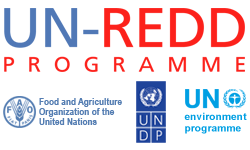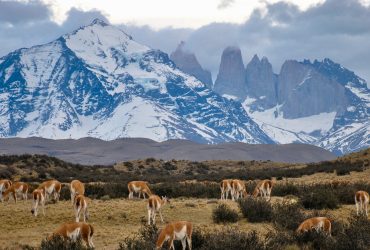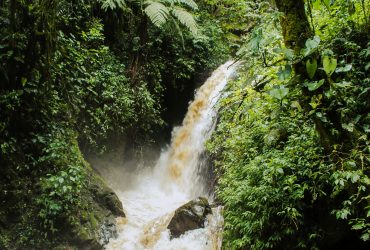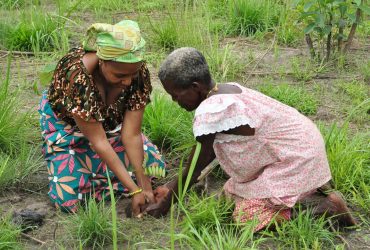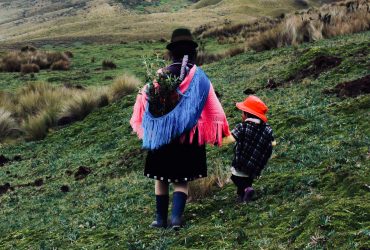PROGRESS AGAINST THE WARSAW FRAMEWORK
NS/AP: Zambia’s REDD+ implementation efforts are guided by the National REDD+ Strategy, first prepared in 2014 and launched in 2017
NFMS: In 2021, the NFMS was upgraded in the context of the FREL update. Using the NICFI dataset, the collection of activity data was brought in line with the latest methodological approaches, enhancing accuracy while facilitating ongoing monitoring. Emission factors were recalculated through a new analysis of results from the National Forest Inventory (Integrated Land Use Assessment Phase II)
FREL/FRL: : In 2021, Zambia submitted an updated forest reference emissions level (FREL) to the UNFCCC. It underwent technical assessment and was published on the UNFCCC webpage towards the end of the year. The new FREL includes improved activity data and emission factors. It also updates the reference period and breaks out estimates by province
SIS and summary of safeguards information: Safeguards information has been gathered and compiled for strengthening Zambia’s safeguardsinformation system (SIS). This information can contribute to the development of a second summary of safeguards information. The process of data gathering for the SIS encompassed the elaboration of a template for collecting safeguards information, the identification of key institutions and stakeholders that supported the process as information providers, the development of capacity building sessions targeting these information providers (through workshops, bilateral meetings and online meetings), the compilation and analysis of safeguards information provided by different institutions and stakeholders and the review and validation of this information by members of the Safeguards Technical Working Group and additional focal points from institutions that were information providers.
REDD+ IMPLEMENTATION
Forest Solutions Realized. Zambia now has an updated FREL (see above). It will provide the basis for tracking progress in implementing the REDD+ strategy, while underpinning Zambia’s efforts to access carbon finance.
The strengthened NFMS meets the technical requirements of the current carbon standards for jurisdictional REDD+, both regarding activity data and
emission factors (see above).
The Forestry Department’s remote sensing team is undergoing training to produce district-level forest change maps. These maps complement data
products for international reporting and could support communication with stakeholders and forest management at the decentralized level.
Forest Solutions Rewarded. An ongoing carbon finance scoping will provide the Forestry Department with the fact-base to consider engagement in current carbon finance opportunities. Emissions calculations for 2019-2020 and estimation of emission reductions was undertaken. This enables evaluating several carbon standards (ART-TREES, JNR) and carbon finance opportunities (LEAF, GCF, VCM) and formulating strategic recommendations.
Zambia has advanced its work to access additional funding for REDD+ implementation and brought a Green Climate Fund proposal to the Concept Note stage. The project proposal targets reducing greenhouse gas emissions from deforestation and forest degradation in Zambia’s Northwestern Province in support of nationally-determined contribution implementation and for RBPs.
CHALLENGES AND SOLUTIONS
The Zambian Forestry Department is stretched in terms of human resources and time availability, affecting how they contribute to the development of REDD+ work. Moreover, in 2021, COVID-19 continued creating challenges for the delivery of technical assistance; no missions to the country could be undertaken. Remote delivery of trainings and workshops further increased difficulty concerning partner engagement. The UN-REDD team has shifted
its modus operandi towards online interactions and has, despite great difficulties, been able to deliver progress.
GENDER AND SOCIAL INCLUSION
Gender equality is a guiding principle when organizing capacity development interventions. When organizing workshops, the Programme routinely tracks gender indicators. The Ministry of Gender was identified and contributed as an information provider for the work conducted to gather safeguards information for Zambia’s SIS. Also, information was gathered on the following key concern, B6: Supporting gender equality, which is an element of the country’s approach to address and respect the Cancun Safeguard B.
The ongoing formulation of a GCF project in the Northwestern Province has provided an opportunity to examine Zambia’s gender situation in depth. An assessment has been undertaken and a gender action plan has been designed to promote gender equality in future project implementation.
PARTNERSHIPS
The UN-REDD Programme’s work is closely coordinated with other REDD+ initiatives. During 2021, the UN-REDD Programme continued closely coordinating with the Zambia Integrated Forest Landscapes Programme (ZIFL-P) in Eastern Province, as well as with a nascent jurisdictional REDD+ programme, being developed as a GCF project.
LINKAGES TO SDGS
The completion of the FREL, the continued development of the NFMS and progress towards the SIS all relate to SDG 15.
